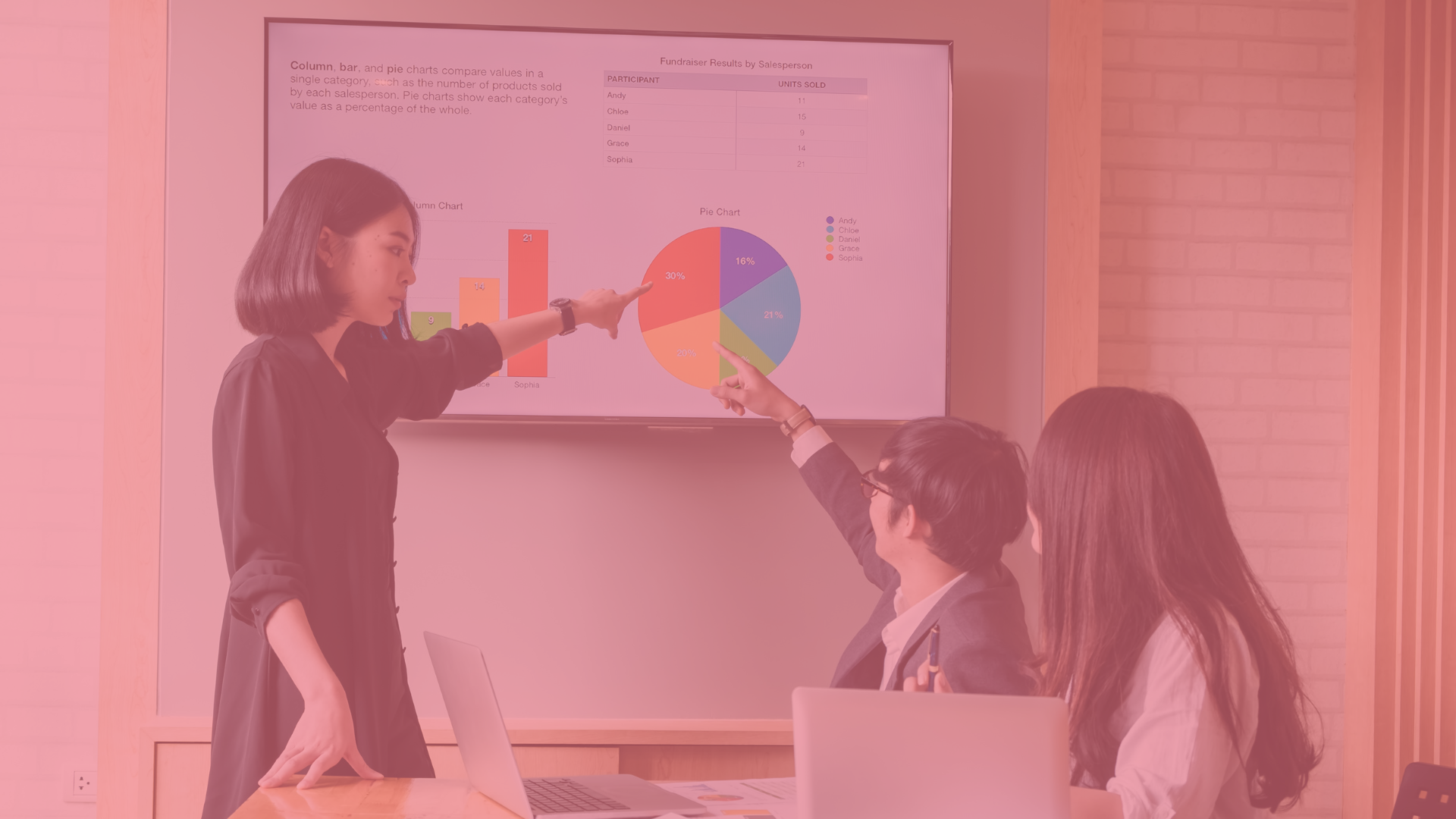
HR data and analytics plays a crucial role in shaping a successful workforce. Collecting and analysing HR data allows organizations to make informed decisions, improve the employee experience, and optimize workforce planning.
By leveraging insights from recruitment, performance, and engagement metrics, businesses can identify trends, address challenges, and enhance overall productivity. With data-driven strategies, HR teams can foster a more efficient, motivated, and well-supported workforce, ensuring long-term success in an ever-evolving workplace.
In this article, we are going to review some practical tips and insights for HR teams looking for ways to become more data-driven.
- Understanding HR data
- Best practices for data collection
- Define HR goals
- Analyse HR data effectively
- Expert guidance on data-driven HR
Understanding HR data
In order to become more data-driven, it is important to first understand the different types of HR data and what to expect from it. In essence, HR data can be categorized in one of two ways: quantitative and qualitative.
Quantitative data refers to any numerical data which can collected and analysed as statistics. Examples of quantitative data include things like employee salaries, attendance records, and performance scores. Using statistics, this type of data is often needed if your team needs to track trends over time or compare different factors across an organisation. In many cases, quantitative data is collected or recorded via a company’s HR technology, or otherwise can be purchased from specialized agencies.
Qualitative data, on the other hand, is anything non-numerical – such as experiences, stories, or feedback. This data can be subjective and further interpretation is almost always necessary. You often find this type of data during performance reviews, in surveys, or from interviews.
Best practices for data collection
There are three things to consider when determining your method of data collection: the tools and technology, the validity and accuracy of the data itself, and compliance and ethical considerations.
Investing in the right tools and technology is a critical step when it comes to data collection. The best tool for HR data collection is the one which will ensure accuracy, efficiency, and scalability in managing your workforce’s data. Every organisation and every HR team has their own way of working and their own needs, so selecting the right tool is not always a straightforward answer.
Once your team knows which tools to use, it is equally important to standardize your methods of data entry to ensure accuracy and consistency of the data. When data is not entered in a standardized and logical way, your team will be unable to create meaningful reports.
Finally, your team should consider the compliance and ethical need of your data. For example, do you have consent from employees to quote their responses from an exit interview in your report? Are you storing data from an anonymous survey in a manner where somebody could identify certain responses if they tried? Are you using old data which should have been deleted in accordance with GDPR standards?
Define your HR goals
Perhaps the most important (and often most overlooked) aspect of becoming a more data-driven HR team involves setting and defining goals. The goals of your HR team will set the direction for the type of data you need to collect and analyse.
Here are a few common HR goals, and some suggestions of data to track or collect in order to achieve those goals:
HR goal
- Increase employee enagement/retention
Relevant data
- Employee satisfaction scores, Turnover rates (voluntary v involuntary), Exit interview responses, Employee net promoter score (NPS), absenteeism rates, internal mobility data (ie., promotions).
- Evaluate performance
- Performance review ratings, OKRs, KPIs, training and skill development progress.
- Promote diversity, equity and inclusion
- Demographic data, retention rate across different demographics, survey or interview responses, hiring and promotion rates by demographics.
- Acquire new talent
- Time-to-hire, time-to-fill, cost-per-hire, candidate experience scores, offer acceptance/rejection rates.
- Reduce ‘time to complete’ HR administrative tasks
- Time spent on HR processes, adoption rate of HR tools/technology, error rates.
Analyse HR data effectively
When it comes time to analyse your HR data, there are several things to consider to ensure meaningful insights and actionable outcomes.
First of all, review your HR goals and objectives and ensure the story you are telling with your data is one which directly relates to the bigger picture. However you choose to share your data, your chosen metrics should be those which directly impact those goals.
To report and present your data and story, it is always best to present your data visually whenever possible. Visualized data is often the most simple to understand and easiest to read – especially by stakeholders who may not be directly involved with HR. Dashboards, charts, and graphs make it easy to identify trends and insights at a glance.
Our last best practice worth mentioning involves applying your story of data collected in the past to make predictions about the future. This is ultimately how you will create actionable outcomes. To get the most meaningful result out of your HR data, try to apply a predictive analysis to anticipate workforce changes, improve HR strategies and policies, and enhance workforce planning.
A thorough and relevant data analysis equips your team to drive organizational changes — with stakeholder support.
Is your HR team making data-driven decisions?
HR data is a powerful tool for making informed decisions, improving employee experiences, and optimizing workforce planning. However, collecting and analysing this data can be challenging—especially when operating in an unfamiliar market with different regulations, cultural expectations, and workforce dynamics. That’s where Octagon Professionals can help. With over 35 years of experience, we provide expert HR support and insights to help companies navigate these complexities, ensuring they make data-driven decisions with confidence. Get in touch with us to schedule a discovery call with one of our experts.
more news

The role of HR in supporting neurodiversity in the workplace
16-04-25
In the spirit of Autism awareness month, it is important to bring awareness to the neurodiverse person in the workplace. After all, the workplace as it is today was built for the neurotypical in mind, putting neurodiverse people at a ...

Octagon Report: HR and Hiring in Aerospace
09-04-25
Every sector faces its own, unique challenges when it comes to people management. At Octagon, we have quite a bit of experience working with businesses in the aerospace industry as a result of our long-standing partnership with the European Space ...